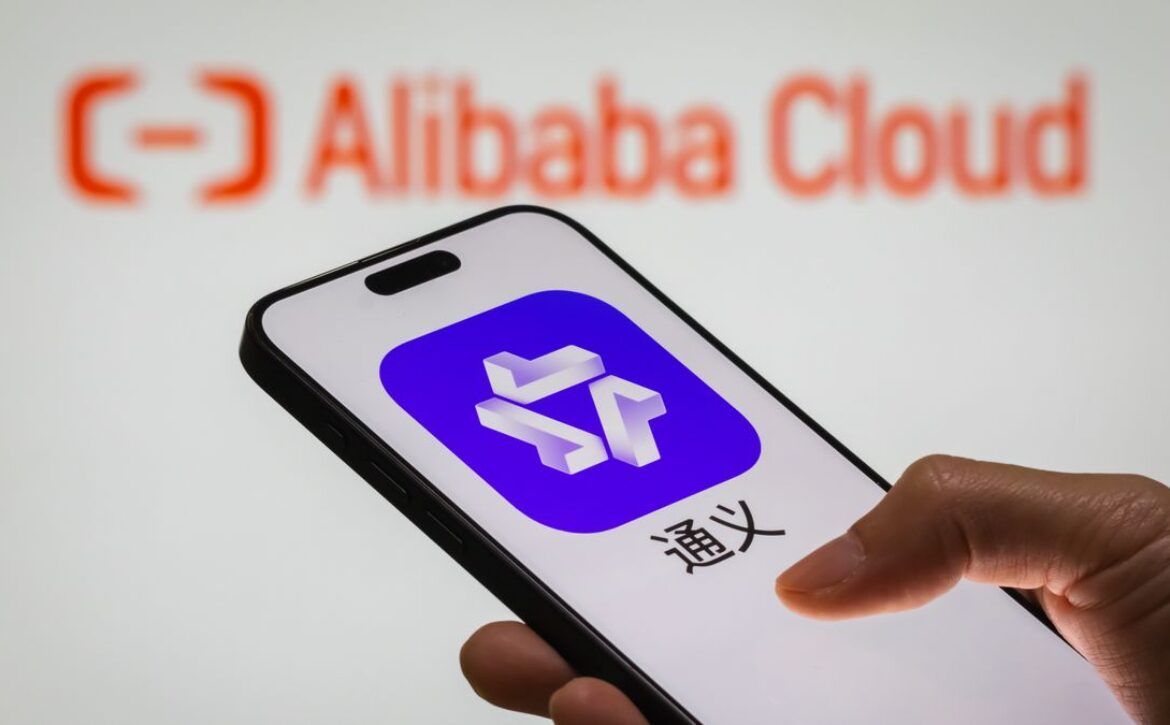
Bendable Phones May be on the Way from China's Giants
Published:November 2, 2017
Reading Time:4 min read
Want to read in a language you're more familiar with?
The era of foldable and bendable screens is on its way. China’s first flexible screen production line began in Chengdu on October 26, breaking the monopoly of f...
The era of foldable and bendable screens is on its way. China’s first flexible screen production line began in Chengdu on October 26, breaking the monopoly of foreign companies. The line is expected to accelerate the evolution of Chinese mobile electronics into the new era of flexible screens.
The mass production line was designed, developed and built by domestic enterprise BOE. BOE has adopted the world’s most advanced evaporation technology and can produce 70 million flexible screens per year.
“What I am holding in my hand is a flexible screen, which may change our perception of what a screen is. It's thinner than paper, and can be folded and bent. Perhaps we will see bendable phones as part of our daily life in the near future,” said Zhu Jihua, a reporter for CCTV.
Flexible screens bend because they do not require backlighting. Instead, they use self-luminating materials. The screen emits light as long as it has power, and its is more clear and bright than current LCD technology.
Chen Yanshun, CEO of BOE, said, “Flexible screens can be used in various fields such as mobile phones, PCs, automobiles and laptops. We expect the annual growth rate of this sector will be more than 30 percent in the next three to five years.”
Prior to BOE's new manufacturing line, only one South Korean enterprise was able to produce flexible screens. The screens were notoriously difficult to obtain. The mass production line in China breaks South Korea's monopoly and may greatly increase the global supply. Dozens of domestic mobile handset makers received the first batch of screens in a ceremony.
 As shown in the picture, such screen can be bent into an “S” shape, meaning it may be possible to use them in many wearable devices in the future.
Secondly, flexible screens are pretty! Flexible screens have a high pixel density and refresh rate. They also consume less battery while offering a higher brightness, offering colorful and clean images.
A spokesperson for BOE said the Chengdu 6th generation AMOLED production line uses the world’s best evaporation disposition technology. It cuts the glass substrate into two layers and uses evaporation to coat them. This is the first domestic AMOLED production line to employ such technology.
The line also uses low-temperature polysilicon (LTPS) plastic substrate instead of conventional amorphous silicon (a-Si) glass substrate. It uses flexible packaging technology to enable bending and folding of screens.
As shown in the picture, such screen can be bent into an “S” shape, meaning it may be possible to use them in many wearable devices in the future.
Secondly, flexible screens are pretty! Flexible screens have a high pixel density and refresh rate. They also consume less battery while offering a higher brightness, offering colorful and clean images.
A spokesperson for BOE said the Chengdu 6th generation AMOLED production line uses the world’s best evaporation disposition technology. It cuts the glass substrate into two layers and uses evaporation to coat them. This is the first domestic AMOLED production line to employ such technology.
The line also uses low-temperature polysilicon (LTPS) plastic substrate instead of conventional amorphous silicon (a-Si) glass substrate. It uses flexible packaging technology to enable bending and folding of screens.
Why the Interest in Flexible Screens?
First of all: flexibility means this screen can be bent or folded. As shown in the picture, such screen can be bent into an “S” shape, meaning it may be possible to use them in many wearable devices in the future.
Secondly, flexible screens are pretty! Flexible screens have a high pixel density and refresh rate. They also consume less battery while offering a higher brightness, offering colorful and clean images.
A spokesperson for BOE said the Chengdu 6th generation AMOLED production line uses the world’s best evaporation disposition technology. It cuts the glass substrate into two layers and uses evaporation to coat them. This is the first domestic AMOLED production line to employ such technology.
The line also uses low-temperature polysilicon (LTPS) plastic substrate instead of conventional amorphous silicon (a-Si) glass substrate. It uses flexible packaging technology to enable bending and folding of screens.
As shown in the picture, such screen can be bent into an “S” shape, meaning it may be possible to use them in many wearable devices in the future.
Secondly, flexible screens are pretty! Flexible screens have a high pixel density and refresh rate. They also consume less battery while offering a higher brightness, offering colorful and clean images.
A spokesperson for BOE said the Chengdu 6th generation AMOLED production line uses the world’s best evaporation disposition technology. It cuts the glass substrate into two layers and uses evaporation to coat them. This is the first domestic AMOLED production line to employ such technology.
The line also uses low-temperature polysilicon (LTPS) plastic substrate instead of conventional amorphous silicon (a-Si) glass substrate. It uses flexible packaging technology to enable bending and folding of screens.





